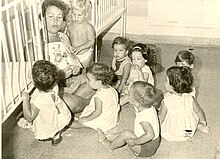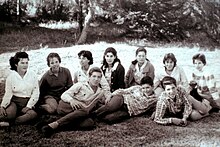
A kibbutz is an intentional community in Israel that was traditionally based on agriculture. The first kibbutz, established in 1910, was Degania. Today, farming has been partly supplanted by other economic branches, including industrial plants and high-tech enterprises. Kibbutzim began as utopian communities, a combination of socialism and Zionism. In recent decades, some kibbutzim have been privatized and changes have been made in the communal lifestyle. A member of a kibbutz is called a kibbutznik.
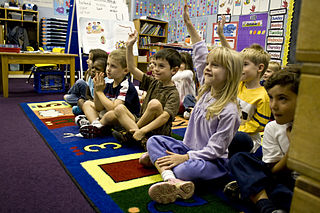
Kindergarten is a preschool educational approach based on playing, singing, practical activities such as drawing, and social interaction as part of the transition from home to school. Such institutions were originally made in the late 18th century in Germany, Bavaria and Alsace to serve children whose parents both worked outside home. The term was coined by German pedagogue Friedrich Fröbel, whose approach globally influenced early-years education. Today, the term is used in many countries to describe a variety of educational institutions and learning spaces for children ranging from two to six years of age, based on a variety of teaching methods.

The educational system in Finland consists of daycare programmes, a one-year "preschool", and an 11-year compulsory basic comprehensive school. Nowadays secondary general academic and vocational education, higher education and adult education are compulsory.

Child care, otherwise known as day care, is the care and supervision of a child or multiple children at a time, whose ages range from two weeks of age to 18 years. Although most parents spend a significant amount of time caring for their child(ren), child care typically refers to the care provided by caregivers that are not the child's parents. Child care is a broad topic that covers a wide spectrum of professionals, institutions, contexts, activities, and social and cultural conventions. Early child care is an equally important and often overlooked component of child's developments.
The Reggio Emilia approach is an educational philosophy and pedagogy focused on preschool and primary education. This approach is a student-centered and constructivist self-guided curriculum that uses self-directed, experiential learning in relationship-driven environments. The programme is based on the principles of respect, responsibility and community through exploration, discovery and play.
Education in the German Democratic Republic was a high priority for the communist government and was compulsory from age 6 until age 16. State-run schools included crèches, kindergartens, polytechnic schools, extended secondary schools, vocational training, and universities.
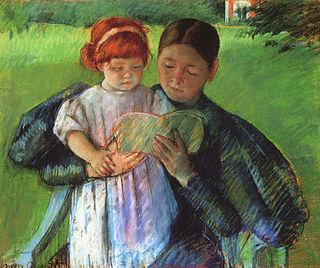
Babysitting is temporarily caring for a child. Babysitting can be a paid job for all ages; however, it is best known as a temporary activity for early teenagers who are not yet eligible for employment in the general economy. It provides autonomy from parental control and dispensable income, as well as an introduction to the techniques of childcare. It emerged as a social role for teenagers in the 1920s, and became especially important in suburban America in the 1950s and 1960s, when small children were abundant. It stimulated an outpouring of folk culture in the form of urban legends, pulp novels, and horror films.
Penelope Jane Leach is a British psychologist who researches and writes extensively on parenting issues from a child development perspective.
Gesher HaZiv is a kibbutz in northern Israel. Situated in the Western Galilee on the coastal highway between Nahariya and the Lebanese border, opposite the Akhziv National Park, it falls under the jurisdiction of Mateh Asher Regional Council. In 2021 it had a population of 1,593.
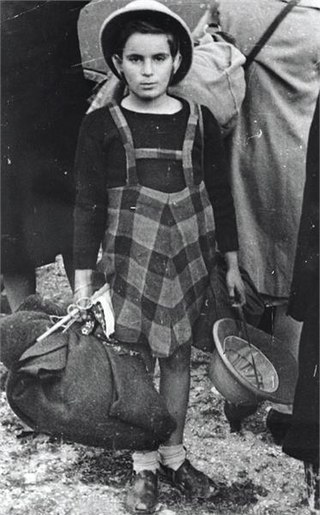
Youth Aliyah is a Jewish organization that rescued thousands of Jewish children from the Nazis during the Third Reich. Youth Aliyah arranged for their resettlement in Palestine in kibbutzim and youth villages that became both home and school.

Democratic education is a type of formal education that is organized democratically, so that students can manage their own learning and participate in the governance of their school. Democratic education is often specifically emancipatory, with the students' voices being equal to the teacher's.
Early Head Start is a federally funded community-based program for low-income families with pregnant women, infants, and toddlers up to age 3. It is a program that came out of Head Start. The program was designed in 1994 by an Advisory Committee on Services for Families with Infants and Toddlers formed by the Secretary of Health and Human Services. "In addition to providing or linking families with needed services—medical, mental health, nutrition, and education—Early Head Start can provide a place for children to experience consistent, nurturing relationships and stable, ongoing routines."
Magda Gerber was an early childhood educator in the United States and is known for teaching parents and caregivers how to understand babies and interact with them respectfully from birth.

Mishmar HaEmek is a kibbutz in northern Israel. Located in the western Jezreel Valley, it falls under the jurisdiction of the Megiddo Regional Council. Mishmar HaEmek is one of the few kibbutzim that have not undergone privatization and still follow the traditional collectivist and socialist kibbutz model. In 2021, it had a population of 1,267. At least six former members of the Knesset hail from Mishmar HaEmek.

Ein Shemer is a kibbutz in northern Israel. Located in the Shomron region to the south of Route 65, about 6 km northeast of Hadera, it falls under the jurisdiction of Menashe Regional Council. In 2021, it had a population of 635.

Sandra Samuel is an Indian nanny who gained international recognition for rescuing a two-year-old Jewish boy named Moshe Holtzberg in Mumbai, India, during the 2008 Mumbai terrorist attacks. Samuel was employed as a caretaker at a Jewish outreach centre known as the Nariman House, which was targeted by Lashkar-e-Taiba (LeT), an Islamic terrorist organization based in Pakistan; both of Holtzberg's parents were killed by LeT militants during the attack on the building. Following the incident, Samuel relocated to Israel with Holtzberg and was honourably granted full Israeli citizenship in 2010. Samuel resides in West Jerusalem and works at the local centre of ALEH, an Israeli foundation that provides rehabilitation services for disabled children and adults.

Indigenous education specifically focuses on teaching Indigenous knowledge, models, methods, and content within formal or non-formal educational systems. The growing recognition and use of Indigenous education methods can be a response to the erosion and loss of Indigenous knowledge through the processes of colonialism, globalization, and modernity.

Miriam Roth was a preeminent pioneer of Israeli preschool education, author and scholar of children's literature, with a long career as a kindergarten teacher and educator. Many of the children's books she wrote became Israeli best-selling classics.

Dror-Israel's stated mission is to educate and empower young people and those on the social and geographic periphery to actively contribute to their communities and to create a shared society in Israel. Through schools for youth at risk, Jewish-Arab programs, the youth movement, educational workshops, intentional community projects, and national social justice initiatives, Dror Israel inspires inclusivity, equality, and responsibility for oneself and one’s community.
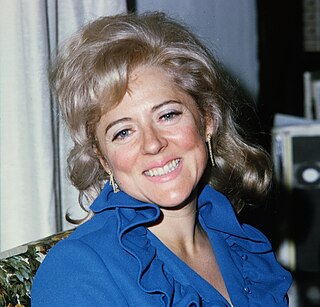
Frances Sussna is an American educator and innovator best known for her work in multi-cultural education. Her methods of motivating students of diverse ethnic backgrounds to higher achievement and social responsibility, including respect of self and others and skills of peaceful conflict resolution, won her the support of the Ford Foundation, Rockefeller Foundation, the Lilly Endowment, Rosenberg Foundation, and the San Francisco Foundation, among others.


